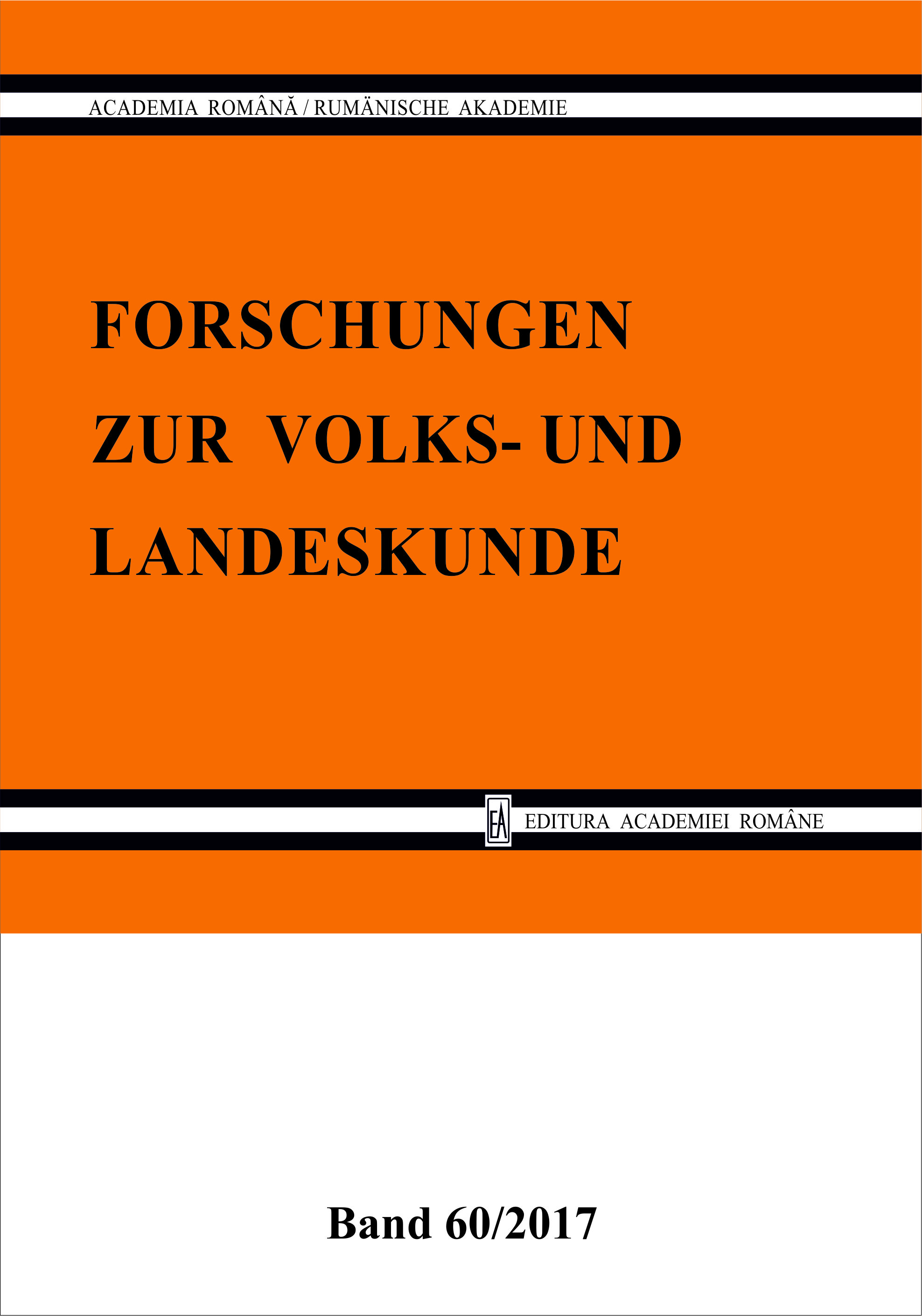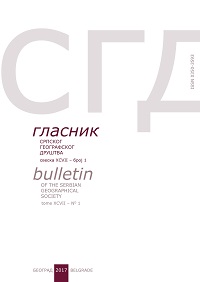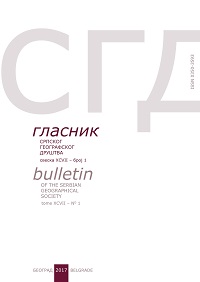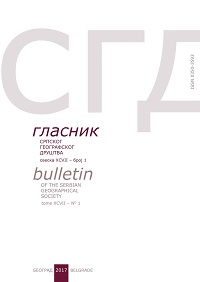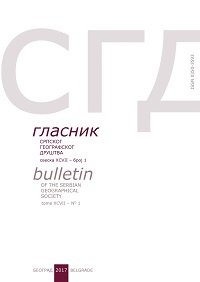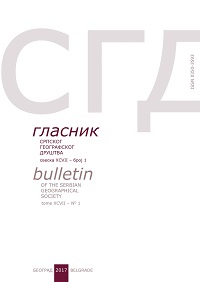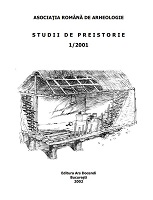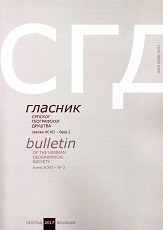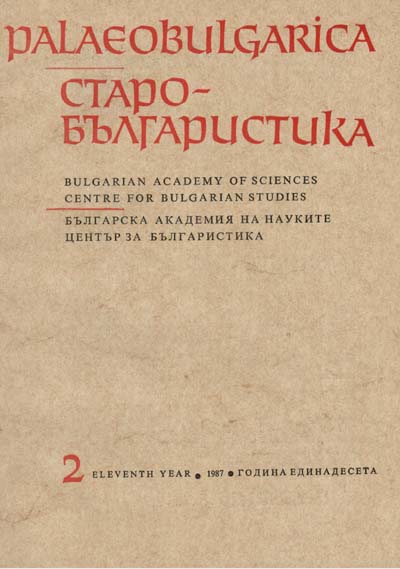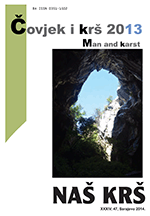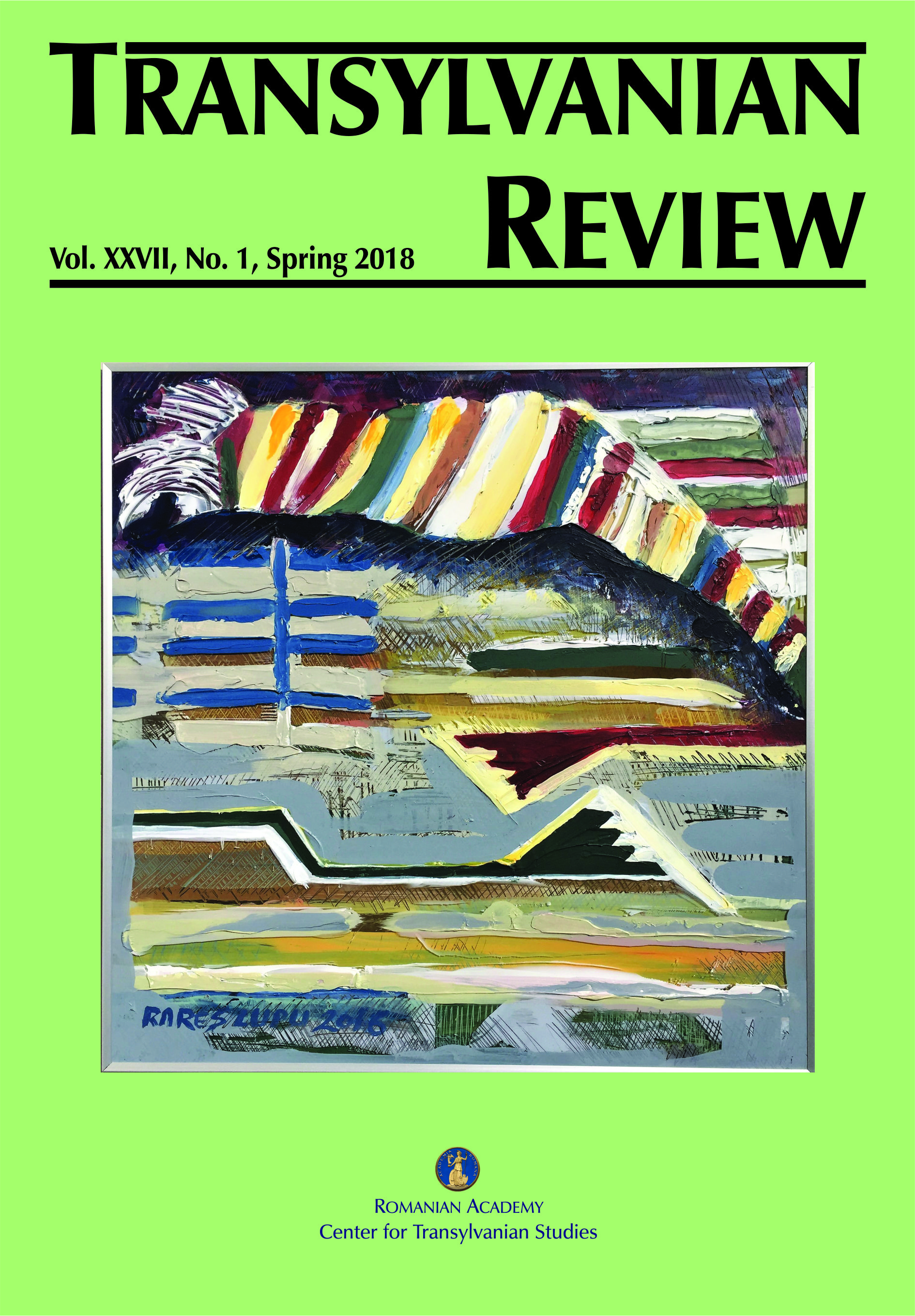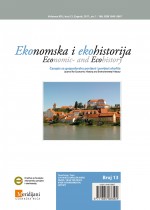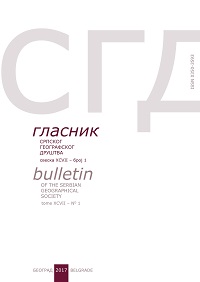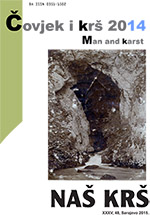
STRUKTURNOGEOMORFOLOŠKA OBILJEŽJA GORSKE SKUPINE ŠIBENIKA
The mountain ridge in Šibenik is a microgeomorphological region of a subgeomorphological whole in the tramontane region of Vrgorac. It is also part of the macrogeomorphological region of central Dalmatia with its group of islands as well as being part of the megageomorphological region of the mountain sistem of Dinara.The mountain ridge in Šibenik was formed by various connected mechanisms and types of deformation as well as being pulled on by positive and negative transpressional characteristics in the area from the Cretaceous Age till now. The mountain ridge in Šibenik (big and small Šibenik 1314 and 1226m) is the most exposed mountain elevation of the tramontane region in Vrgorac.The mountain ridges Kruševica and Orah as well as mountain ridge –trees of mount Mihovil and Matokit are divided by smaller valleys and rifts which represent their mountain structures. The acclivity shows the assymetry of the mountain ridges and rifts. The south and southeastern slopes are convex where as the north and northeastern ones are extended by reverse fault sand horizontal faults. The mountain structure of Šibenik is an area with the most exposed and intensive compressional connections in the tramontane region of Vrgorac. The orography shows the graded development of relief with its reverse connections of carbonate sediment of the Cretaceous Age and Paleogene Age as well as the Eocene flysh. The morphostructural formation of the mountain structures in Šibenik happened in the compressional stage at the end of the Cretaceous Age till the beginning of the Neogene Age and the second one in a more complex cinematic compression from the Neogene Age till today. It relates to the global changes from the southwest and northeast towards the south and north at the and of the Paleogene Age and the beginning of the Neogene Age which was the result of the adjustment of geological structures and relief and new tectogenic connections. The carbonate lithological structure influenced on forming the karst relief however, the dinamic of the area didn’t stimulate the corrosive proccesses on the surface as well as formingsink-holes and basins.Being a very tectonical area it formed endokarst formations like caves and pits. The steep acclivity of the mountain facade is dominant with sloping ground but also has intensive and mechanical devanged cliffs.
More...
